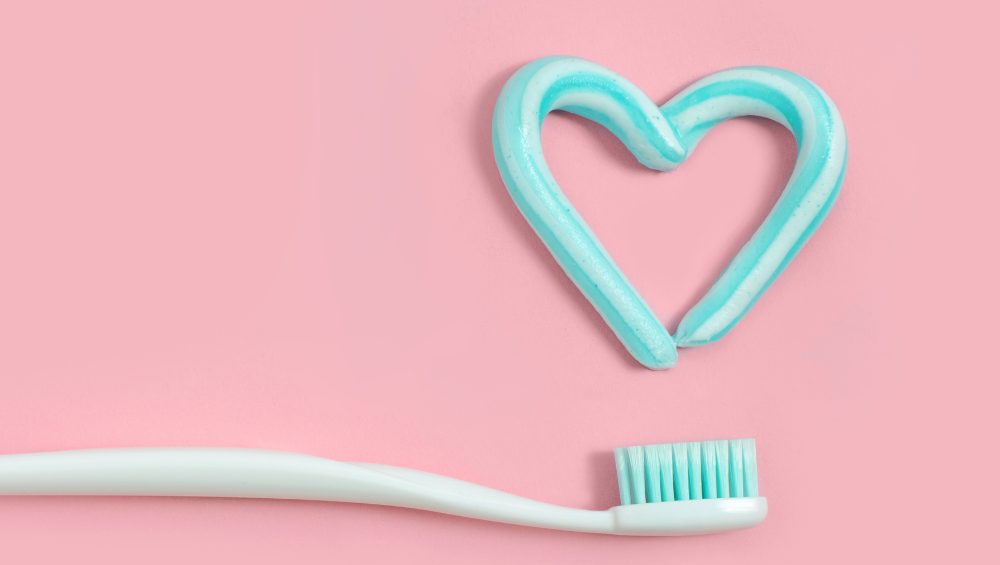
Our Guide to Understanding The Smile Makeover Process
April 7, 2021
What’s the Best Way to Get Pearly White Teeth?
April 15, 2021Key Takeaways:
Health Implications of Mouth Breathing:
Mouth breathing can lead to various oral health issues such as dry mouth, tooth decay, and gum disease. It can also affect sleep quality, contributing to problems like snoring and sleep apnea.
Treatment Options:
Two main treatment approaches highlighted include myofunctional therapy and lip taping. Myofunctional therapy aims to correct tongue posture, promote nasal breathing, and improve overall facial function. Lip taping, when done under professional guidance, helps train the body to breathe through the nose during sleep.
Importance of Professional Guidance:
It’s emphasized that any treatment for mouth breathing should be supervised by a medical professional, such as a myofunctional therapist or dentist.
Sometimes patients ask about mouth breathing treatment for themselves or a loved one. Effective breathing supplies the body with essential oxygen and impacts every aspect of our lives and our health.
In this article, we will highlight a couple of mouth breathing treatments and correction options that may help many patients. Keep in mind that mouth breathing is a potentially complex issue, and every case is different. This article is not intended to serve as a substitute for professional care.
Why You Shouldn’t Ignore Mouth Breathing
Frequent mouth breathing can contribute to a range of oral health problems, including dry mouth, tooth decay, gum disease, and bad breath. However, the implications go beyond oral health.
Breathing through the mouth during sleep results in lower quality sleep and, in some cases, an increased likelihood of tooth grinding, snoring, and sleep apnea. Sleep quality affects all aspects of a person’s health, energy levels, and overall well-being. Whether a child or an adult, no one is able to focus and function well without adequate sleep. Anyone who has ever stayed up all night to meet a deadline to care for a newborn knows the immediate consequences of sleep deprivation.
Ideally, everyone should breathe through the nose all of the time, especially while sleeping. People often take their noses for granted and are unaware of the benefits of nose breathing, including:
- Your nose is your body’s built-in air filter. It prevents allergens and other particles from getting into your lungs.
- When you breathe through the nose, your body produces nitric oxide, making it easier for your body to absorb oxygen. This nitric oxide is a vasodilator and helps stabilize blood pressure. It also sterilizes the air you breathe, filtering out bacteria and viruses.
- Nose breathing is important for the function of your immune system. It activates immunoglobulin production, which helps your immune system recognize and respond to various pathogens.
Whenever we can’t effectively breathe through the nose, the body opts to breathe through the mouth.
People breathe through their mouths for a variety of reasons. While not the ideal way to breathe, mouth breathing during an intense workout or when you have a cold is fine temporarily. This ensures you can get enough oxygen if you cannot take in enough air through the nose. The problem is when alignment issues or habits cause someone to prefer mouth breathing, the individual uses their mouth to breathe while sleeping.
In infants and children, breathing through the mouth can be a symptom of issues with development. Left untreated, it potentially has serious long-term impact, including poor dental alignment, trouble speaking, or altered facial development.
Mouth Breathing treatment options vary depending on the cause of the mouth breathing and severity. For example, some people breathe through their mouths because of nasal congestion caused by allergies. Decongestants and limiting exposure to allergens may resolve the tendency to breathe through the mouth.
Mouth Breathing Treatment – Myofunctional Therapy
Myofunctional therapy is a type of physical therapy intended to improve tongue posture, nasal breathing, correct swallow patterns, and even facial posture. The therapist often uses exercises to train the face, neck, and mouth to function better. Each mouth breathing treatment is unique to the patient.
Some areas that a myofunctional therapist may focus on include:
- Tongue placement and posture, such as training the patient to rest the tongue on the top of the mouth.
- Exercises promoting healthy breathing through the nose, including “tongue up, lips closed, healthy breathing through the nose.”
- Other nasal breathing exercises.
- Proper swallowing exercises.
Sometimes mouth breathing is the result of an orofacial myofunctional disorder. This basically means that abnormal jaw, tongue, or lip positioning impacted function. In addition to mouth breathing, these disorders may limit an infant’s ability to breastfeed, make talking or chewing difficult, alter jaw movement and function, and even change the way the face looks. These disorders also contribute to tooth misalignment, make patients more vulnerable to gum disease and tooth decay.
For many people, myofunctional therapy results in better breathing, improved appearance, confidence speaking, and more energy due to improved sleep quality.
Lip Taping or Mouth Taping as a Treatment Option
Lip taping is a treatment where the lips are gently “taped” before bedtime to promote nose breathing. This lesser-known treatment has reached fad-like popularity online as a way to improve breathing and get better sleep.
Instead of opting for a DIY approach, we recommend that patients only practice lip taping under the guidance and supervision of a Myofuntional Therapist or Dentist to ensure it is done safely and correctly. Any mouth breathing treatment requires guidance from a medical professional since not every option is appropriate for every patient.
If your therapist recommends mouth taping, be sure to carefully follow instructions to decrease the risk of side effects like irritated skin on the lips. For example, don’t fully tape your mouth closed at night. The tape should be loose enough to allow you to sneeze or open your mouth if necessary but snug enough to make it easier to keep your mouth closed. The tape should only cover a portion of the lips, not your entire mouth. We recommend a vertical piece of tape in the center of the lips.
Your therapist should demonstrate the most effective method. Try taping during the day first to get used to it before trying it during sleep. Can you breathe well with your mouth taped? If so, ease into taping at night.
Your therapist might recommend using a mild lip balm or moisturizer to help protect your lips and a hypoallergenic tape to use. Also, try holding water in your mouth for 30 minutes as an exercise.
Visit Your Dentist
If you suspect you or a member of your family breaths through the mouth more than their nose, talk with your dentist. In addition to the myriad of health issues associated with mouth breathing, it can also contribute to a range of dental health issues.
At Southview Dentistry, we have helped our patients with a variety of oral health issues since 2009. We feel so privileged to serve Charlotte-area residents and to promote a lifetime of oral health. Contact us today to schedule your appointment and examination.



